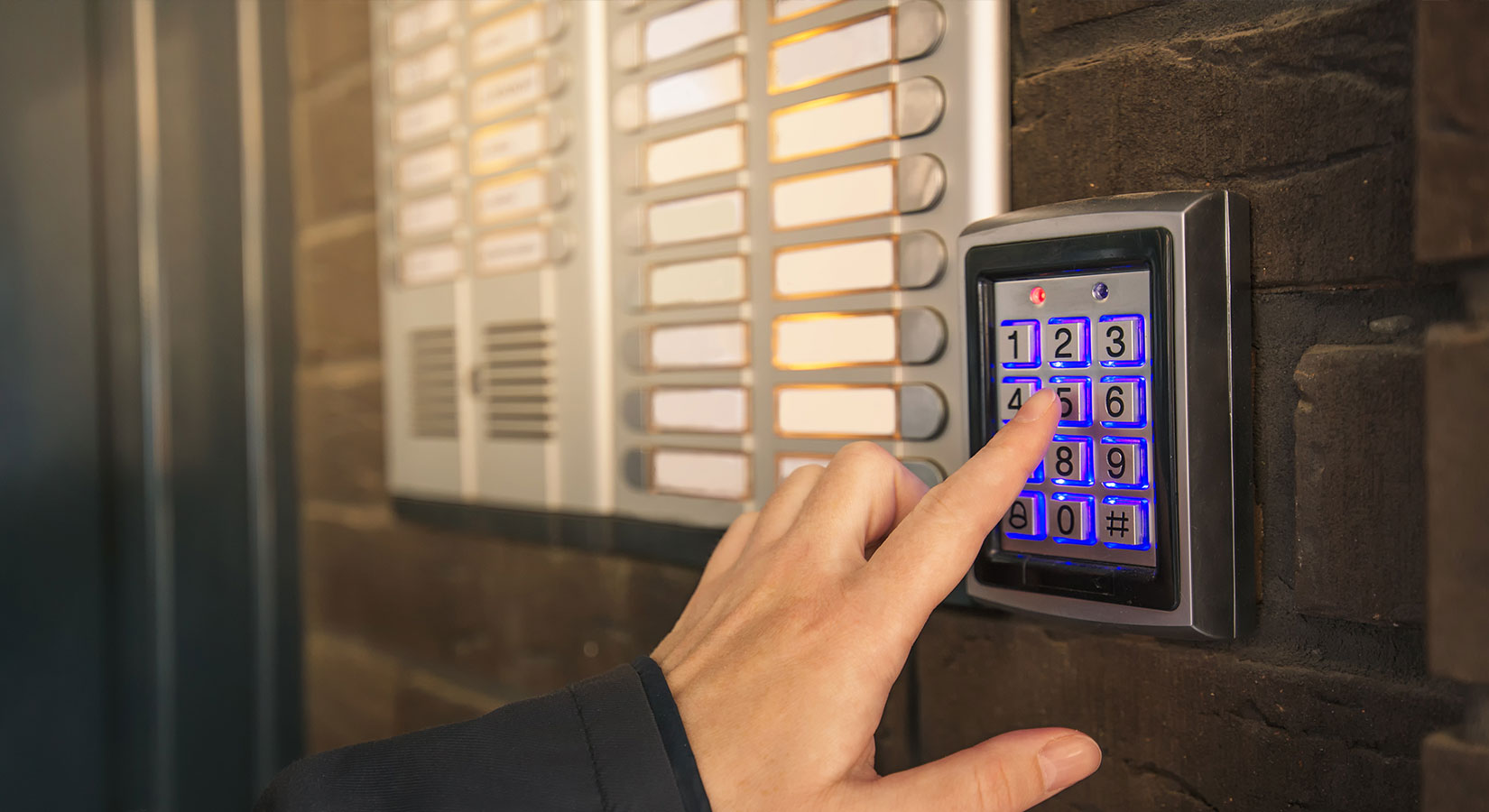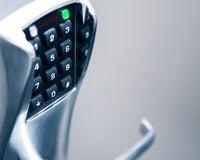At the heart of any establishment’s security needs is controlling who can and cannot access it. Be it a private or a commercial property, the safety of its occupants as well as its assets relies heavily on this one factor. Hence, it is of paramount importance to have an effective physical access control system in place.
An access control system is essentially an electronic security system that controls who can access a specific location and at what time. It generally makes use of an identifier, such as a PIN code or a card, to authorize those who seek entry. In addition, an access control system also keeps a record of who enters the property and at what time, allowing you to keep track of this valuable data for future reference.
If you are looking to install an access control system but are indecisive about which kind is best suited for your use case, we at All Security Equipment are here to help. Read on to learn about the benefits of a physical access control system and the different types of access control techniques so you can make an informed choice.
Why is an Access Control System Vital?
The Limitations of Mechanical Keys
While mechanical keys remain the simplest and most popular form of access control, especially among small businesses and private residences, they have countless limitations. Keys are easily lost and are not capable of logging who is entering the property or when, making it impossible to monitor such activities. It’s also impractical to use keys when there is a large number of buildings or rooms that require controlled access.
Enhanced Security and Control
Using an electronic control access system provides a salient deal of added security and control. Not only can you control who enters the property, you can also manage when they enter it, which parts of the building they can access, and under what conditions they are granted access.
Variety of Options
When installing an electronic access control system, you have myriad options to choose from—a variety that few other security systems can offer. There are several different types of access control systems like discretionary (DAC), mandatory (MAC), and role-based (RBAC). There are also different kinds of access control software and door-readers, allowing you to decide what best fits your needs.
Other factors that necessitate an electronic access control system include increased scalability, automated control, and the ability for remote management.
Types of Access Control Techniques
There are a number of different access control techniques, each with its unique set of characteristics and functionality and with varying degrees of security on offer. Let us take a look.
PIN Code Keypads
Keypad door readers require a PIN code or a password to gain access. While it is definitely a step-up from a mechanical lock and key, a PIN code keypad is still meant for relatively low-security locations in comparison to its other electronic counterparts. It restricts access to those who know the PIN or passcode but is not equipped with the ability to verify their identity.
Card Readers
Card readers offer a slightly higher degree of security compared to keypads but still rank fairly low on the security spectrum.
QR Code Cards
A QR code or barcode card grants access by being scanned with an infrared beam of light. Once scanned, the code then produces the credentials of the individual in the connected computer system. These card systems are cheap and provide somewhat low security because they can be easily stolen or copied with a copier or a phone camera.
Magstripe Cards
Also known as swipe cards, the technology used in magstripe cards is the same as that used in standard credit cards. These plastic cards have a magnetic strip embedded in them wherein credentials or authentication data are encoded. They offer more security than barcode cards though only by a small margin, as they can be easily lost, stolen, copied, or overwritten. Hence, they are best suited for low-risk settings.
Wiegand Cards
Wiegand cards are a considerably more secure alternative to their predecessors. These cards use a unique number encoded onto a metal wire as a magnetic pattern and embedded into the card to authenticate the identity of the individual seeking entry. These cards are extremely challenging to reprogram since unique numbers are embedded at the time of their manufacture.
Radio Frequency Identification or RFID Cards
Radio Frequency Identification cards have taken over the access control system industry since their inception. These cards consist of a tiny chip that can hold a whopping 32 kilobytes of data. These chips are encrypted, making the cards next to impossible to forge. RFID cards are, therefore, ideal for high-risk locations. The data in RFID chips can be overwritten quite easily only by authorized personnel. Credentials stored in these cards are transmitted through short-range wireless signals making them non-contact and significantly more sanitary, with minimal wear and tear even after prolonged use.
RFID Prox Cards
These are called prox cards since they only need to be in proximity to the card reader and not necessarily in contact with it to transfer data. Prox cards carry out a one-way transfer of the stored credentials from the card to the card reader.
RFID Smart Cards
RFID smart cards consist of a built-in processor making them as efficient as a mini single-purpose computer. Consequently, they provide much greater security and quicker access control. These cards can perform two-way transmission with a reader allowing for significantly better encryption.
Biometric Readers
Biometric enabled access control systems use unique physical features such as irises and fingerprints to grant access to individuals. These features are stored in the system and are compared at the time of the individual’s entry to authenticate their identity. These readers are on the higher end of the security spectrum and are more expensive as a result.
Key Factors
When choosing an electronic access control system for your establishment, consider factors such as the level of security you desire, your budget, current infrastructure, and regulatory requirements. Decide on a system that best aligns with these factors to extract the most out of it. If you’re looking for guidance when it comes to selecting the best access control system for your application, the team at All Security Equipment is here to help.












